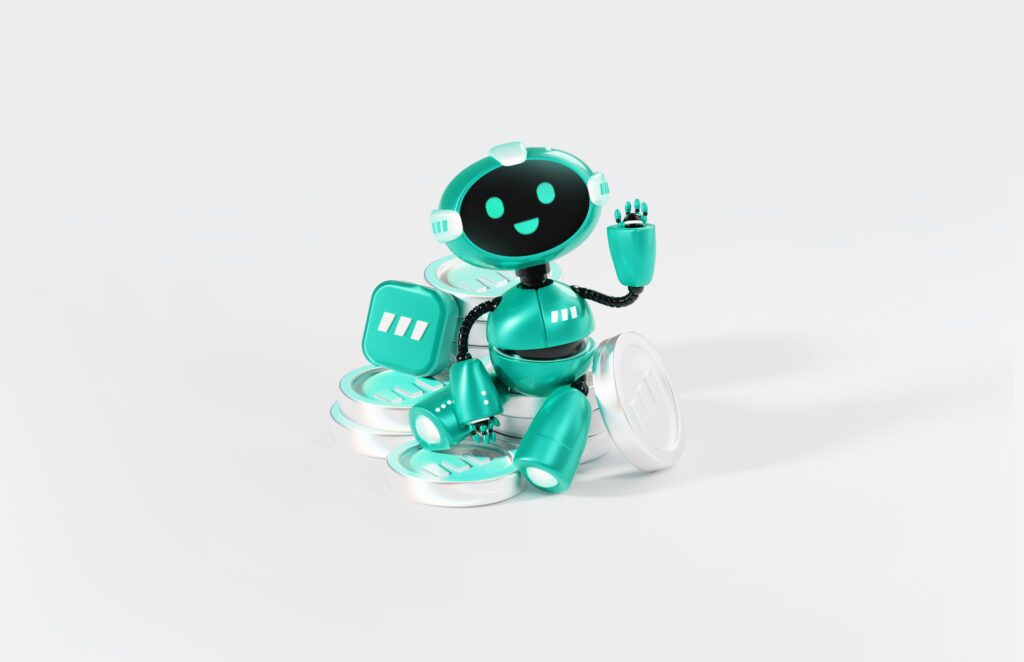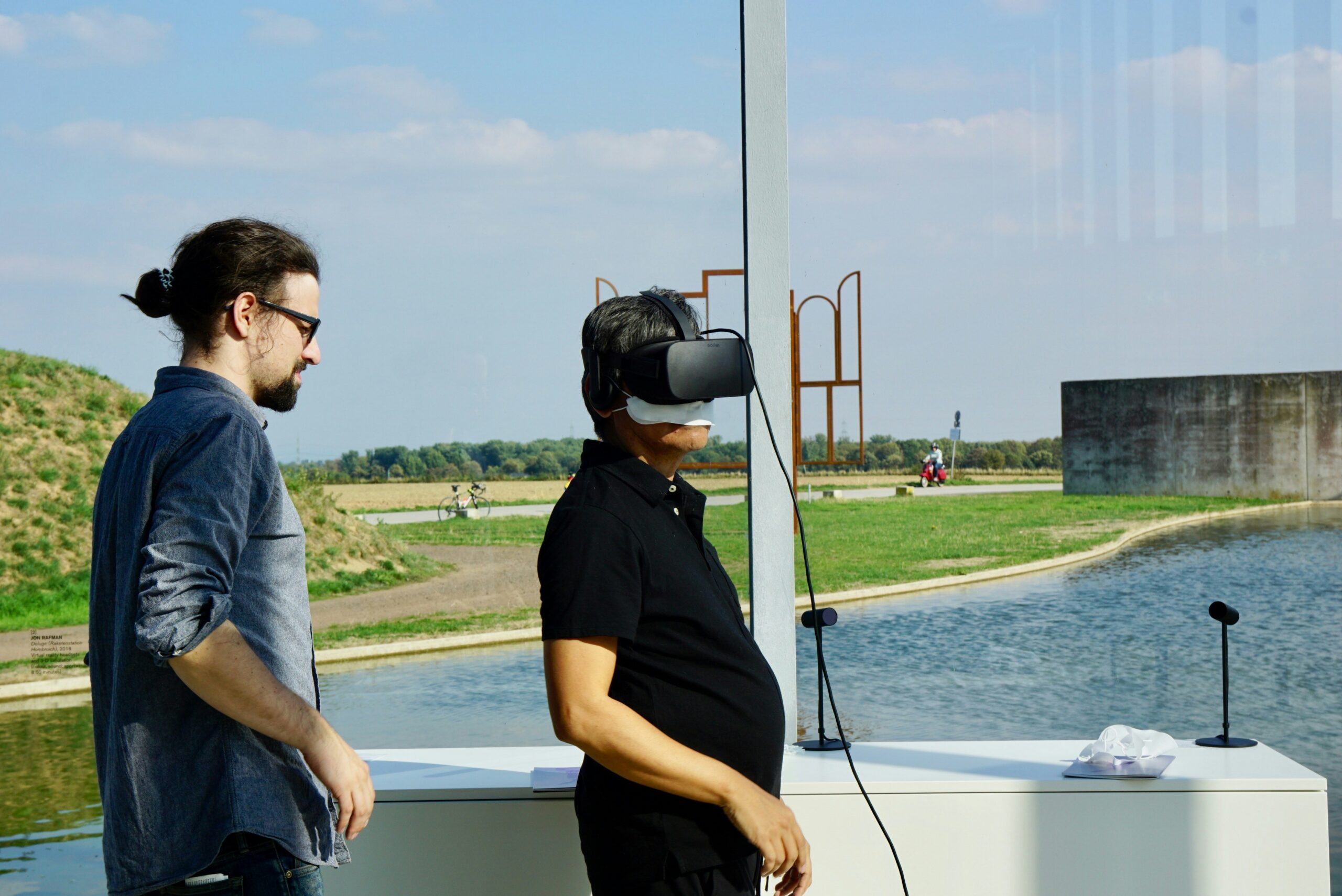Chatbots are now an essential component of contemporary digital interactions, transforming the way people, companies, and organizations communicate. From their simple origins as scripts that followed rules to the advanced artificial intelligence (AI) systems of today, chatbots have experienced significant changes. Technological changes, shifting user expectations, and the growing significance of automation have all contributed to this change in paradigm. The paper provides a thorough analysis of chatbots’ development, emphasizing their successes, difficulties, and prospects.

Early Days: Rule-Based Chatbots
With the development of ELIZA, one of the first chatbot programs, in the 1960s, the idea of chatbots was born. ELIZA was developed by Joseph Weizenbaum, a professor at MIT, who used basic pattern-matching algorithms to imitate human speech. ELIZA was groundbreaking at the time, but it was limited to providing pre-programmed answers based on preset rules.
Early Chatbots:
- Rule-based programming: Particular keywords or patterns elicited responses.
- Limited functionality: They were only able to imitate simple dialogues or manage simple tasks.
- Static design: These bots required manual updates to accommodate new scenarios.
Despite their limitations, early chatbots like ELIZA paved the way for further experimentation and inspired researchers to explore more dynamic conversational systems.
Chatbots in the 1990s: Expansion into Customer Service
Chatbots started to become popular within the customer support industry by the 1990s. Companies began putting them on public websites to answer commonly asked questions (FAQs) and offer basic assistance.
Dr. Sbaitso, an automated system created by Creative Labs, is a noteworthy sign of this age. This application, designed to operate on personal computers, simulated a digital psychotherapist, however, its responses were entirely defined.
Advancements During the 1990s:
- Integration into customer support systems.
- Use of scripting to automate repetitive tasks.
- Increased accessibility as personal computers became more widespread.
While these chatbots made significant progress, they could not still understand the context or learn from interactions, making them unsuitable for complex or nuanced conversations.
The Rise of Natural Language Processing (NLP)
NLP (natural language processing) breakthroughs in the early 2000s signaled a sea change in chatbot development. More dynamic and individualized conversations are now possible because of chatbots’ greater capacity to analyze & understand human language thanks to natural language processing (NLP).
Platforms such as SmarterChild came into existence during this time. A famous chatbot on instant message sites like AIM and MSN Messenger, SmarterChild, showed how bots can potentially used to converse with users on a bigger scale.
Impact of NLP on Chatbots:
- Enhanced language understanding, reducing reliance on rigid scripts.
- Ability to process unstructured data, such as slang and typos.
- Emergence of domain-specific chatbots tailored to industries like healthcare, education, and retail.
The integration of NLP marked a significant leap forward, bridging the gap between human expectations and chatbot capabilities.
Chatbots and the Advent of AI
Chatbot software was completely transformed when machine learning (AI) was introduced in the middle of that decade. AI-powered chatbots use big data, the processing of natural languages, and automatic learning to build systems that can learn from user interactions and get better over time. Conversational agents began to resemble human communication as a result of this progress.

Apple’s Siri, which was introduced in the year 2011, was one of the significant inventions of this era. Despite being principally a virtual assistant, Alexa showed how AI-powered systems might converse with users and carry out activities by responding to voice requests.
Developments in AI-Driven Chatbots:
- Contextual understanding: Chatbots could now consider the context of previous interactions to generate relevant responses.
- Personalization: Bots learn user preferences to provide tailored recommendations or solutions.
- Automation at scale: AI-powered systems enabled businesses to automate complex workflows without compromising user expe.
AI-based chatbots gained widespread adoption across industries, offering everything from personalized shopping assistance to mental health support.
Challenges in Chatbot Development
Despite their advancements, chatbots face several challenges:
- Understanding nuance: Sarcasm, idioms, and cultural references remain difficult for chatbots to interpret accurately.
- Data privacy concerns: Handling sensitive user information raises ethical and security concerns.
- Bias in AI: Chatbots trained on biased data may exhibit prejudiced behavior or provide inaccurate information.
- High development costs: Building and maintaining sophisticated AI systems can be resource-intensive.
Ethical AI practices, continuous improvement, and cooperation between technologists and lawmakers are all necessary to meet these problems.
The Future of Chatbots
Chatbots’ future depends on their further integration with cutting-edge technologies like virtual reality (AR), blockchain technology, and the Web of Everything (IoT). Even more sophisticated features, including smooth device management, highly customized experiences, and engaging virtual interactions, may be rendered possible by these connections.
Predicted trends include:
- Emotionally intelligent bots: Chatbots capable of detecting and responding to user emotions.
- Voice-first interactions: Increased reliance on voice-based interfaces for hands-free convenience.
- Universal adaptability: Systems that work across multiple platforms and devices with minimal configuration.
As chatbots continue to evolve, they are poised to become even more essential to both personal and professional environments.

